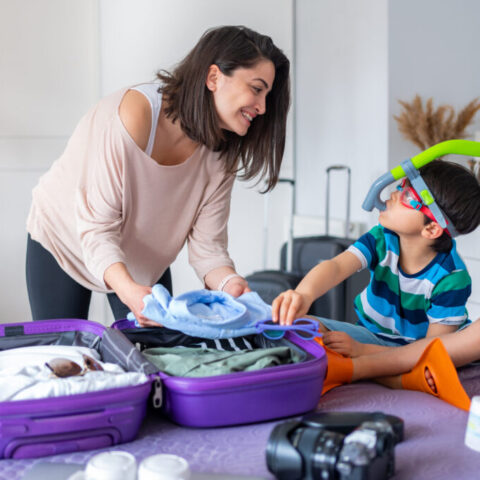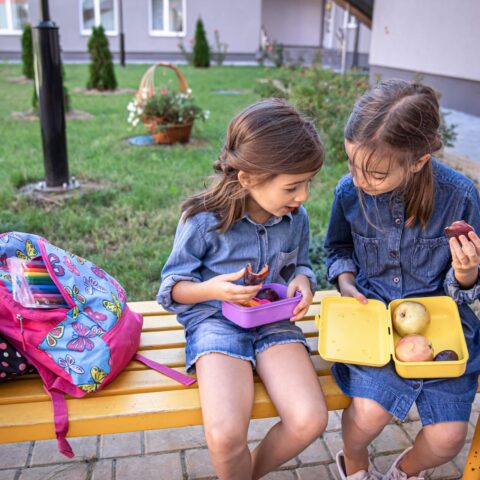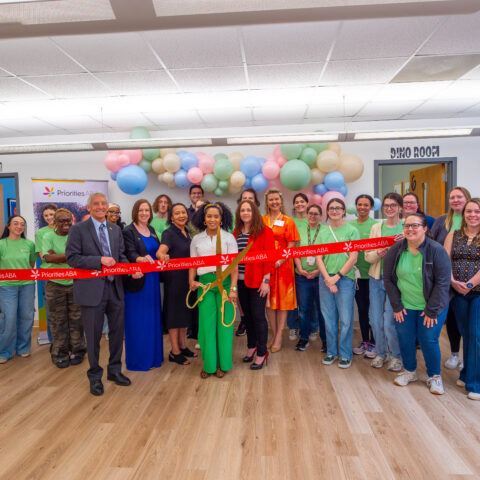ABA Blog: Autism & ABA Articles
Our Blog
Partnering with families to help your child with autism thrive. Sharing stories from living on the spectrum to working in the ABA field.
Our blog brings you the latest fully-vetted and expert-approved information about bringing up your child with autism—and pursuing a career in the fast-growing, evolving field of ABA. Want to share a story or submit an idea for a blog? Reach out to us.








